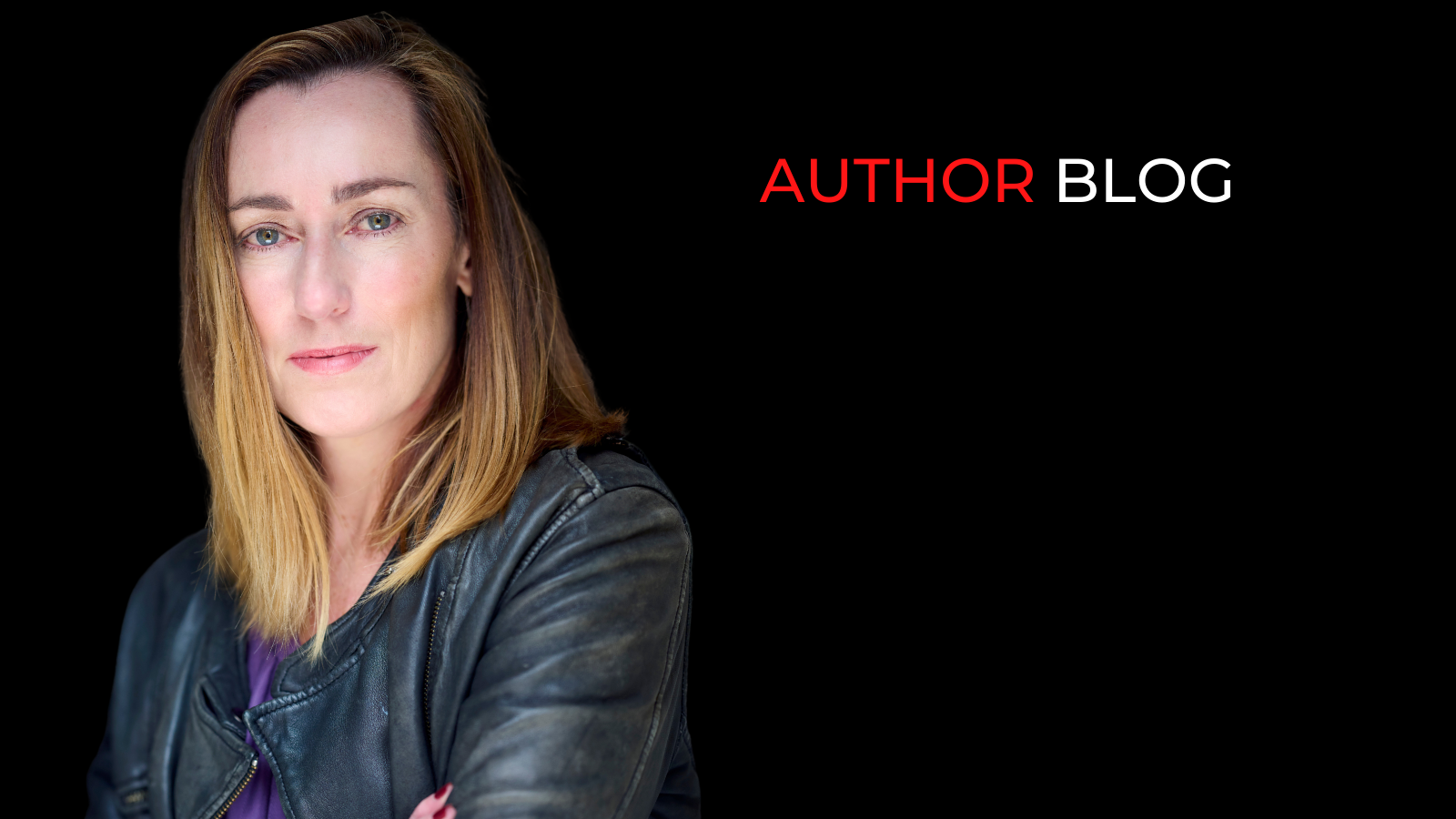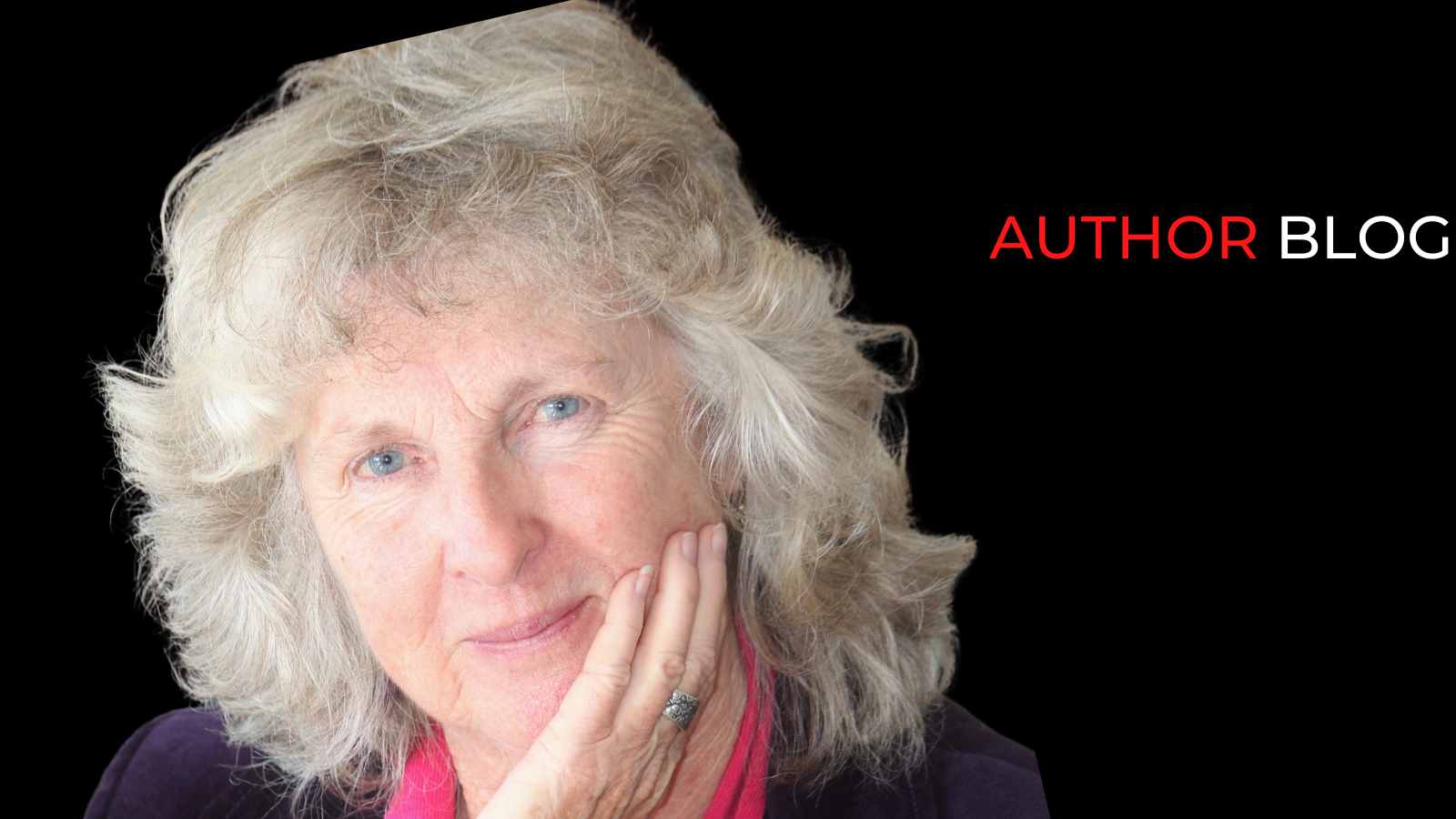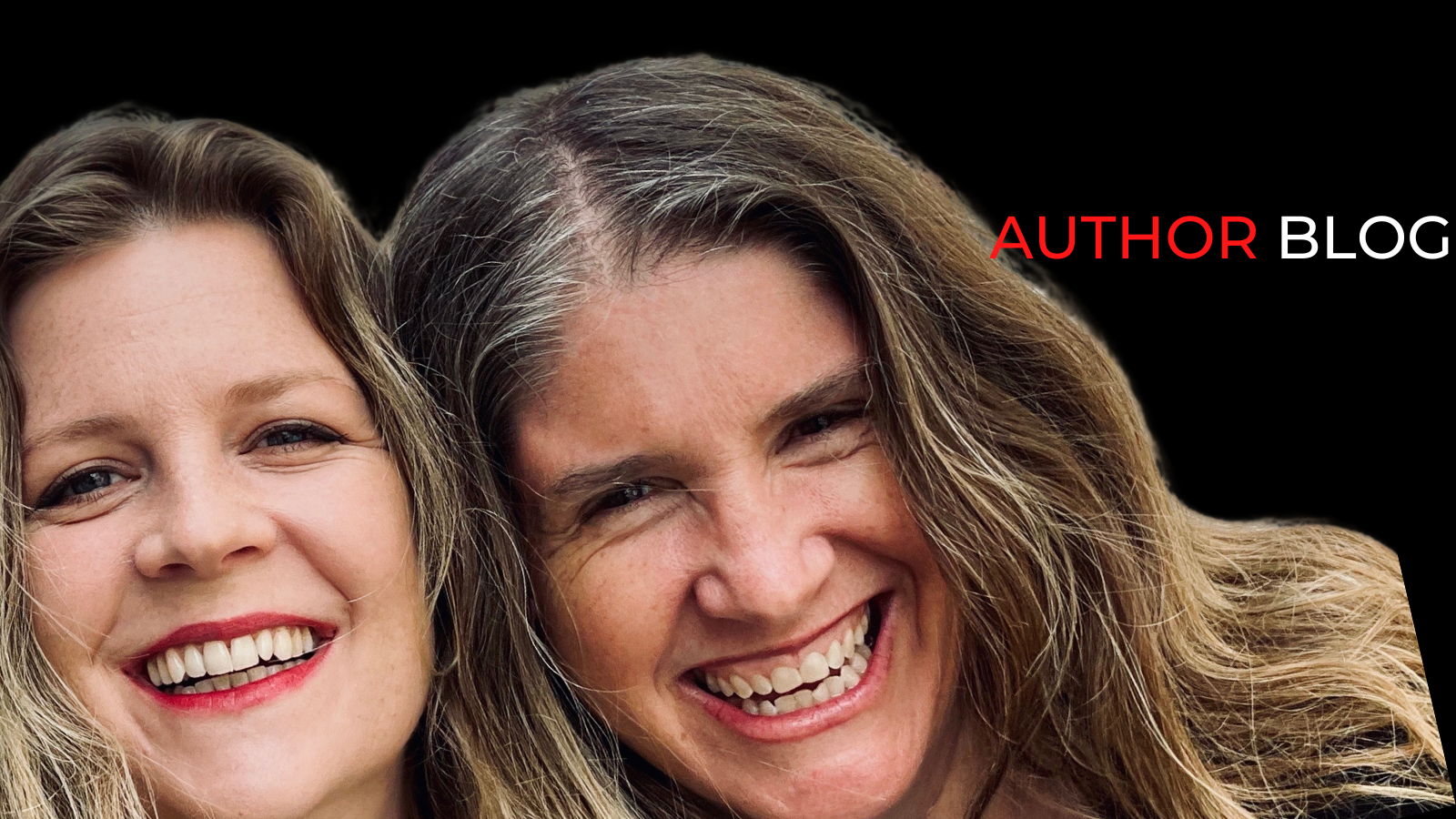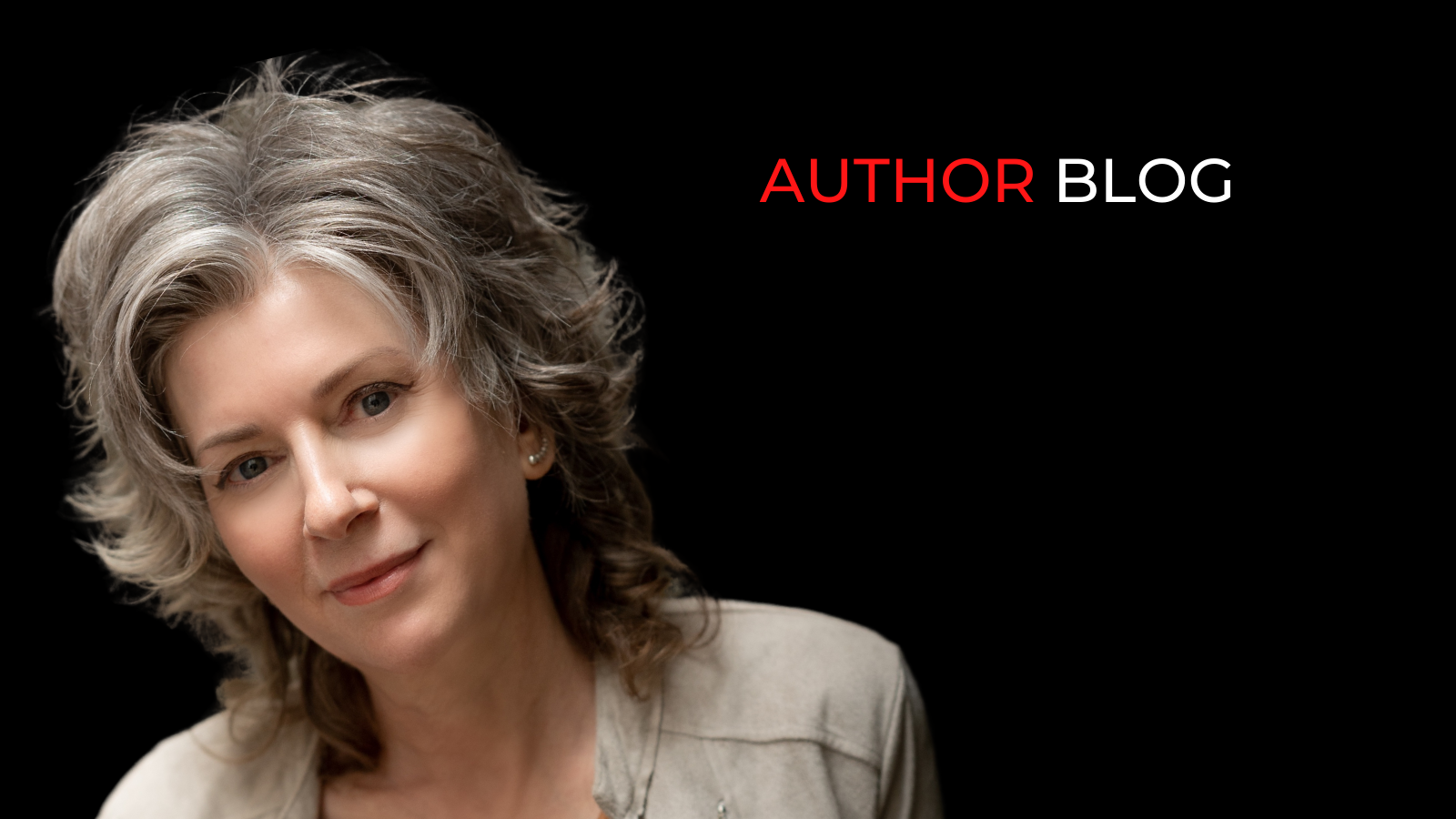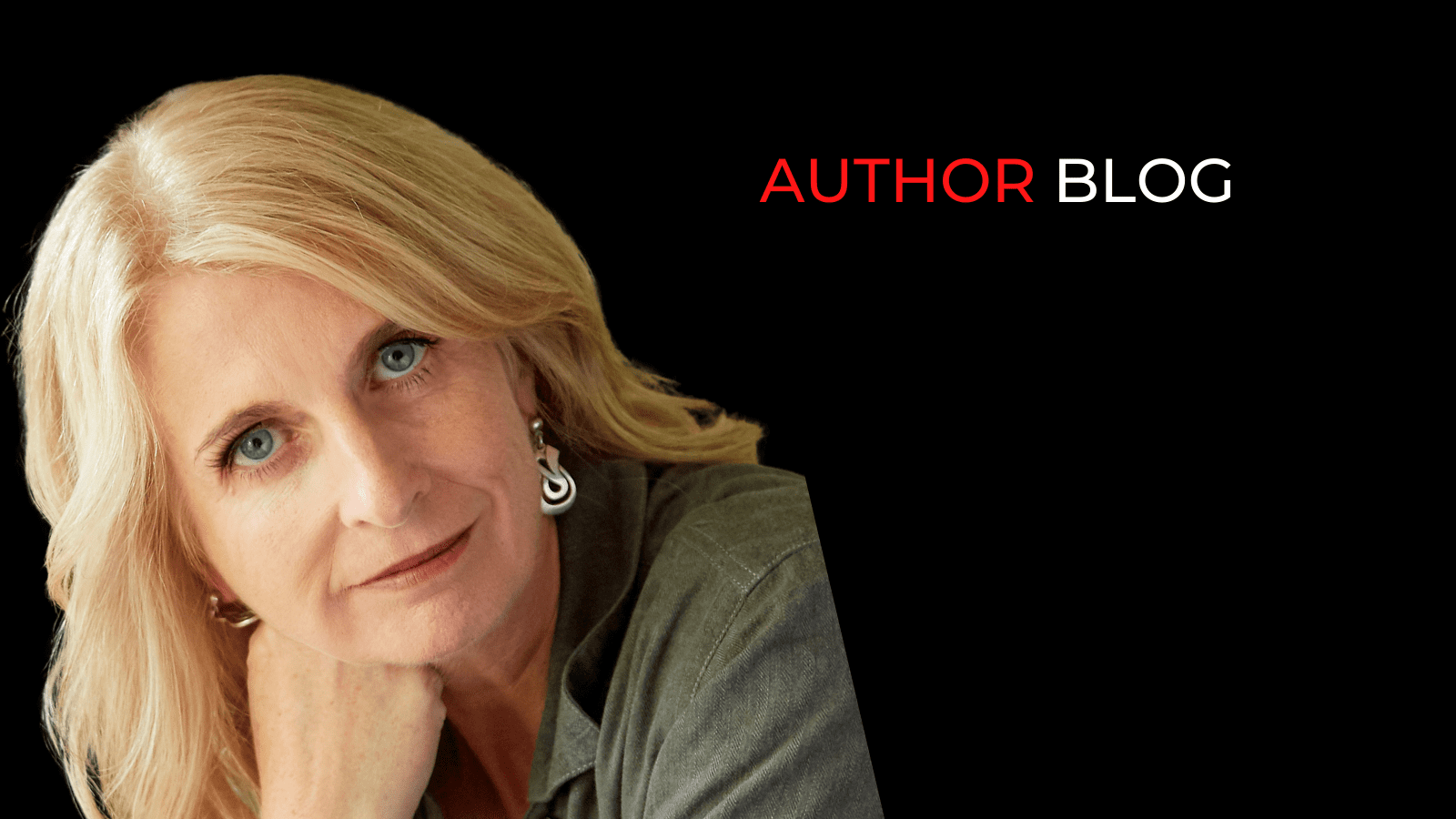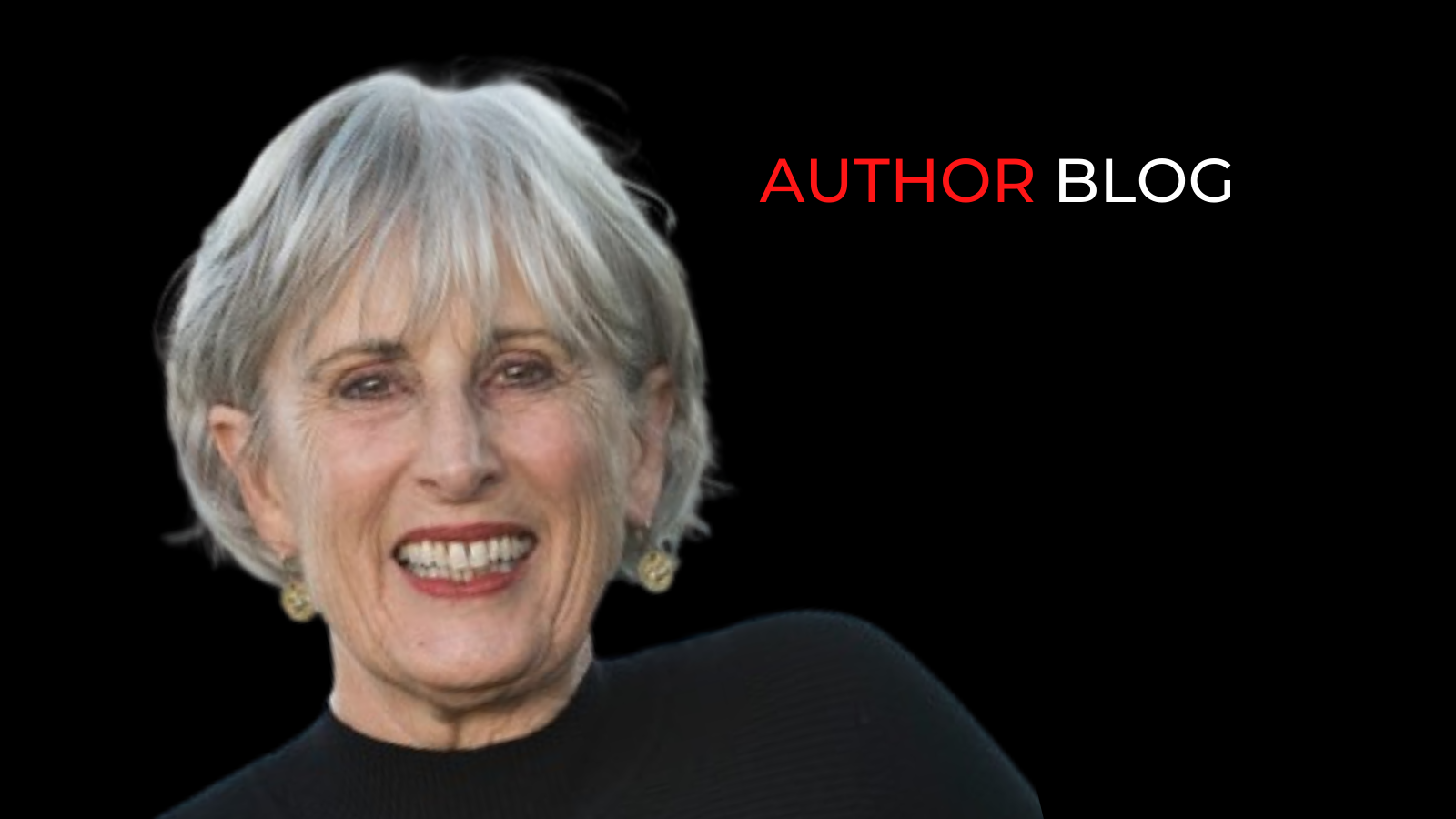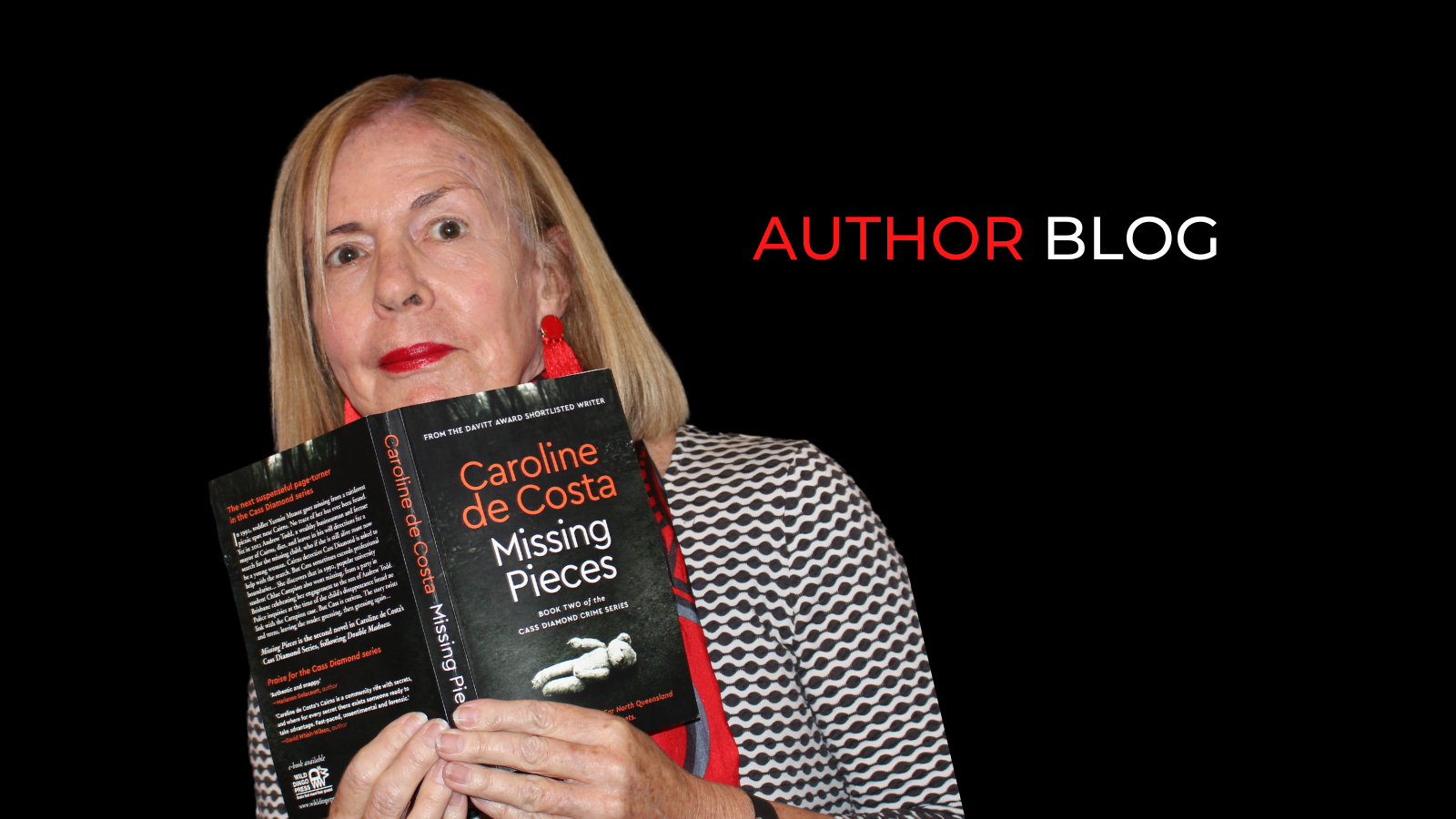221B Baker Street, werewolves, and me: Narrelle M. Harris
Think every re-working or re-imagining of the great Sherlock Holmes has already been done? Think again! Melbourne’s Narelle M Harris brings us The She-Wolf of Baker Street. The simple question is: what if Mrs Hudson was a werewolf? And it’s a wild ride.

